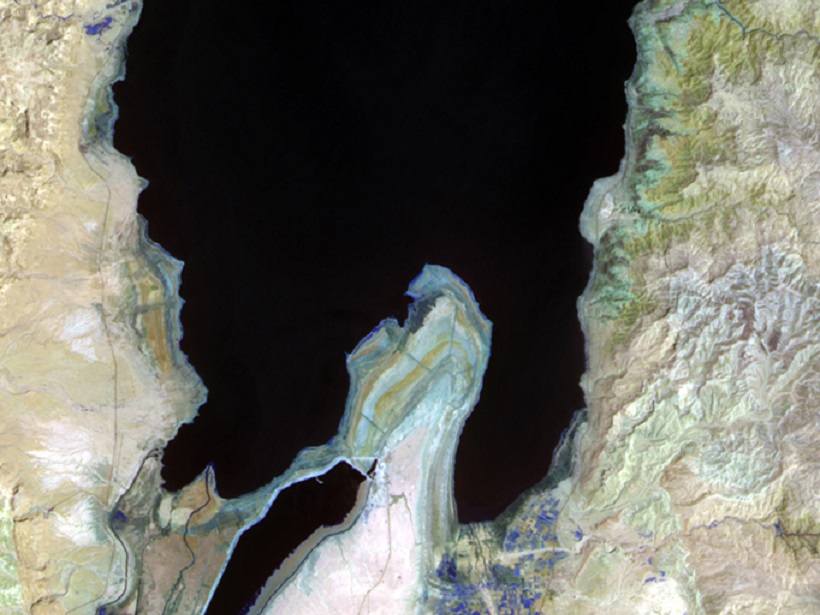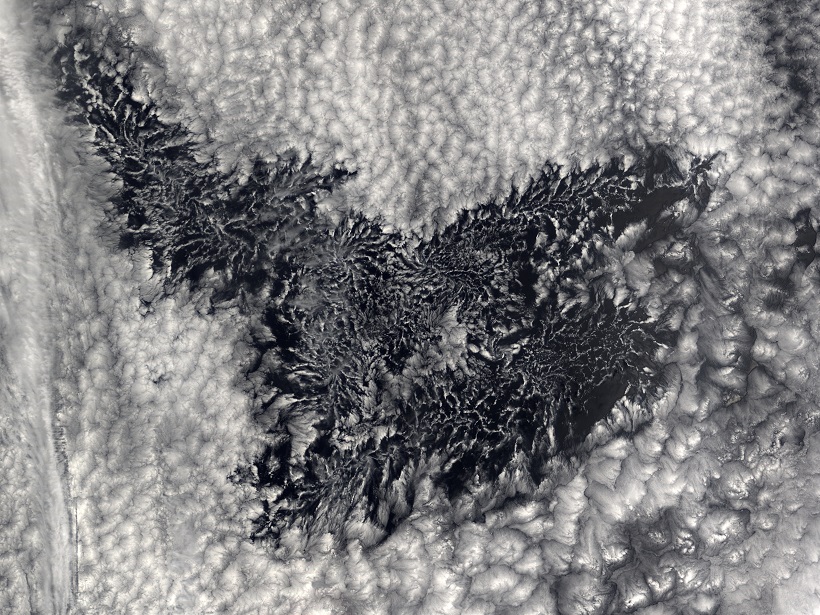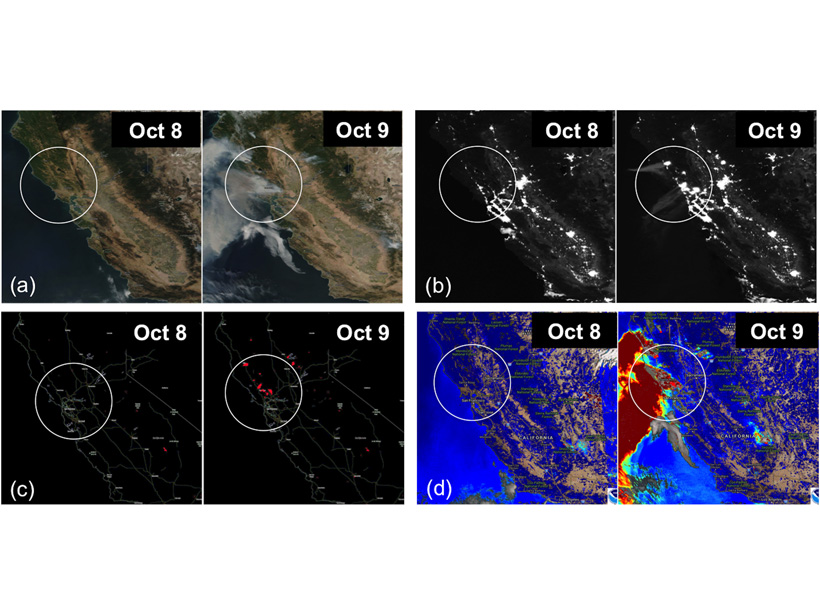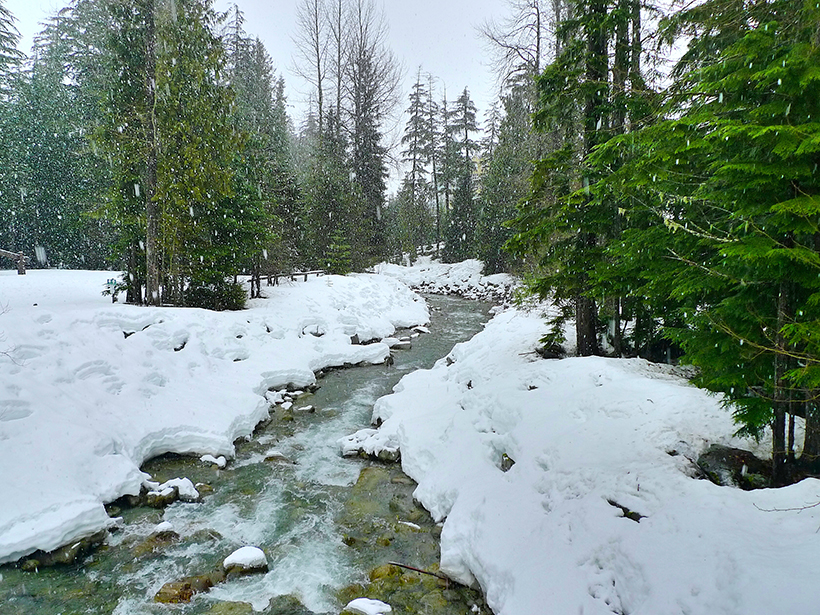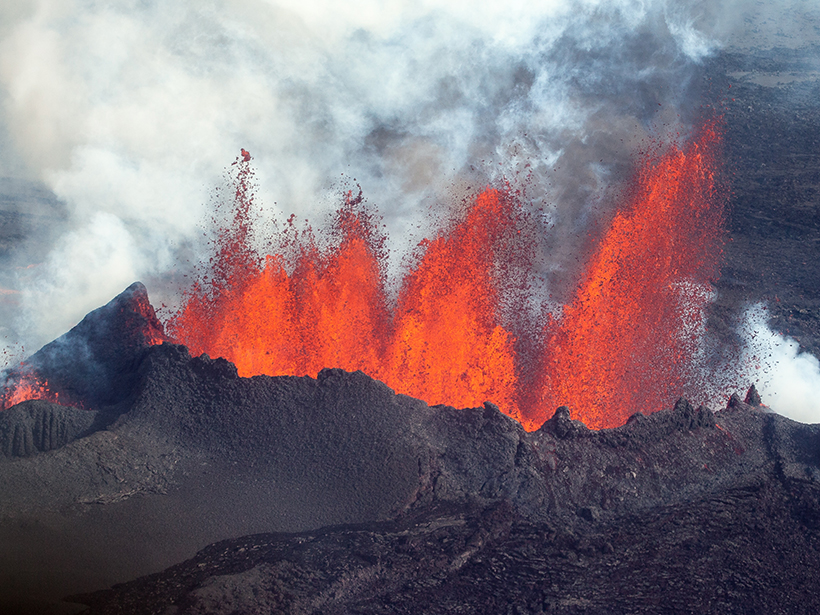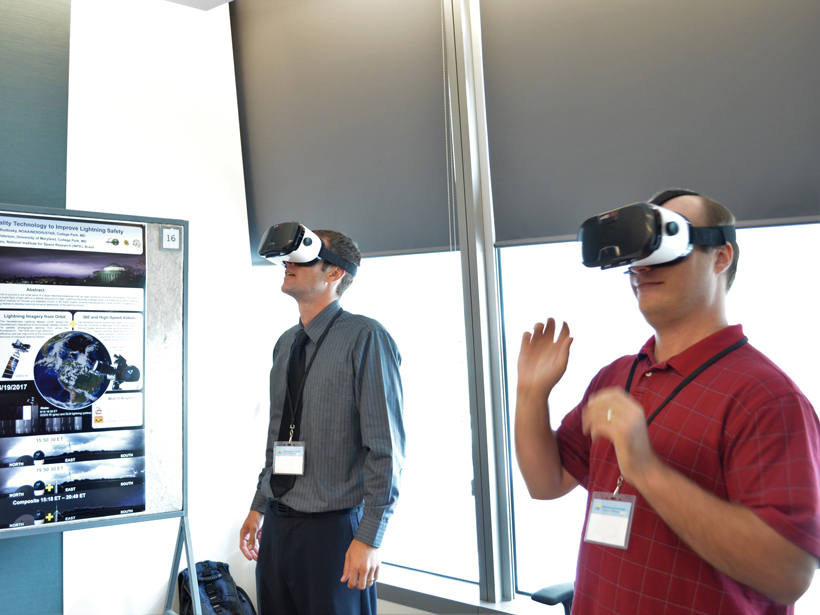NASA Workshop on Remote Sensing of Inundation Extent; Boulder, Colorado, 21–22 May 2018
remote sensing
Radar Data Highlights Areas Damaged by Wildfire and Debris Flows
Synthetic aperture radar data post-processing can be used to analyze changes in the landscape, providing a useful tool for disaster response.
Seeing Surface Water From Space
Satellite-based optical sensors can detect, measure and monitor changes in lakes, reservoirs, rivers and wetlands, providing useful data with multiple applications for science and society.
The Challenges of Global Flood Hazard Mapping and Prediction
A new book presents the latest tools in remote sensing technologies and modeling approaches for addressing challenges and meeting future needs in global flood hazard mapping and prediction.
How Many Water Droplets Are in a Cloud?
The number of droplets in clouds affects how much of the Sun’s warming energy is reflected back to space. But how reliable are our attempts to count them?
Refining Remote Sensing of Dissolved Organic Carbon in Waterways
Nearby vegetation affects the color of organic matter, a new study finds.
New Strategies to Protect People from Smoke During Wildfires
Satellite measurements coupled with inexpensive air quality monitors could help protect humans from smoke particulates during wildfire events.
How Can We Find Out How Much Snow Is in the World?
In Colorado forests, NASA scientists and a multinational team of researchers test the limits of satellite remote sensing for measuring the water content of snow.
Magma Flow in a Major Icelandic Eruption
Mechanical modeling suggests that previous, undetected eruptions released tectonic stress near the ice-covered Bárðarbunga volcano.
NOAA Seeks Emerging Technologies to Further Its Mission
National Oceanic and Atmospheric Administration Emerging Technologies for Observations Workshop; College Park, Maryland, 22–23 August 2017



